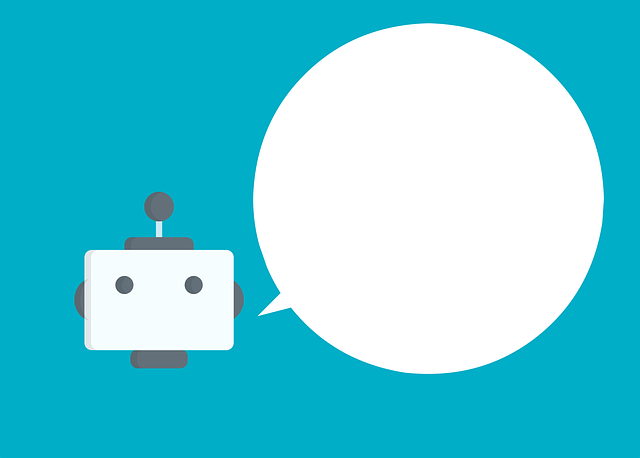What are Chatbots and Conversational AI and Why Use Generative AI?
Conversational AI is a central sub-field of Natural Language Processing that makes it possible for a human to have a conversation with a machine. Everytime the human says or asks something to the AI, the whole conversation history is sent too, so the AI can have the context in memory and make relevant responses. Modern chabots leverage conversational AI and can do more than simply having a conversation. For example they can detect customer intents, search documents, understand the customer tone and adapt their own tone (anger, joy, sarcasm...).
LLaMA 3, Dolphin, ChatDolphin, Yi 34B, and Mixtral 8x7B are advanced alternatives to GPT-4 and ChatGPT, available on NLP Cloud. These models are so complex that they can adapt to many situations, and perfectly sound like a humans. For advanced use cases, it is possible to fine-tune these models (train them with your own data), which is a great way to get a chatbot that is perfectly tailored to your company/product/industry.
Generative models have no "memory". So you should help them by re-sending the conversation history in every request you're making. We actually wrote a dedicated blog article about how to build a chatbot with a generative model, feel free to read it!
If you want to build a chatbot that answers technical questions about your own domain knowledge, you will have to couple your chatbot with a semantic search / RAG model. Here is a guide about coupling RAG with generative AI.
